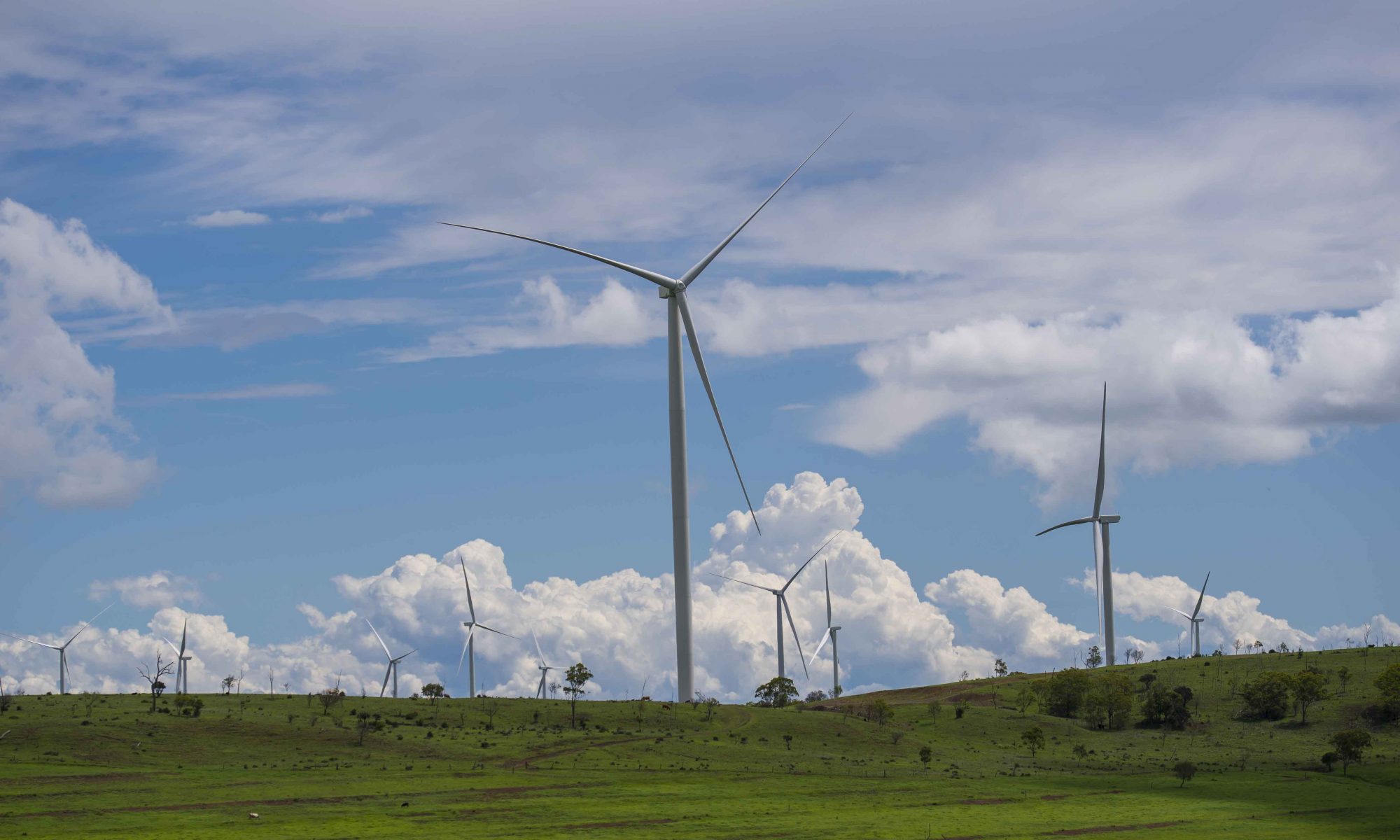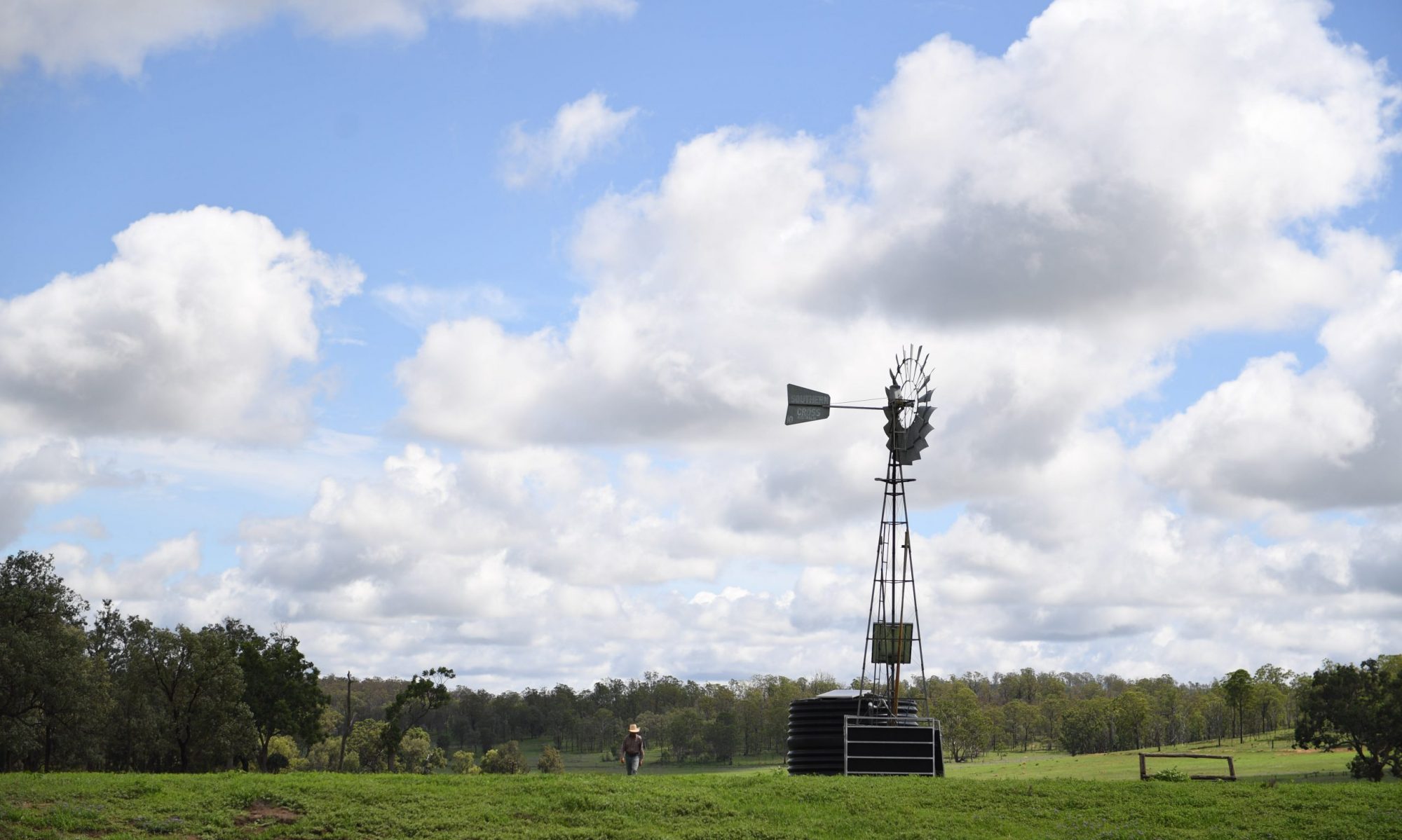| There are a number of ways to support and get involved in the growth of Renewable Energy in Australia: |
| Community Support |
| If you would like to support having renewable energy projects in your area – be they wind, solar, geothermal etc – there are a number of ways to do this: – let your local Council know that you would support such projects being in your area – let the Member of Parliament for your area know that renewable energy has your support – talk to your neighbours, friends and community leaders about your support for renewables – join local groups and attend events that support renewable energy – join Community Fund Committees that are established by project owners and help decide where best to put the funds made available to the community – make submissions to the Community Fund Committees for projects that should receive funding |
| Investment in the Industry |
| If you have the time, interest and financial capability you can get involved in Renewable energy projects by: |
| – creating and developing your own renewable energy project. From solar panels on the roof to large scale wind farms, every little bit helps. |
| – participating in the development of projects. If you don’t have the time or resources to do it by yourself, talk it over with a friend or two. Hepburn Wind is a community wind farm project and a great example of what can be done if people really embrace an idea. |
| – invest in projects or companies that support the change to renewable energy. Advisory groups like the ASICs Money Smart, the Responsible Investment Association Australia and Market Forces can help you invest your superannuation or savings in ethical investments such as renewable energy projects. |
| Hosting Wind Turbines and Solar Farms |
| If you would like to support the growth of renewable energy in Australia and own land in a suitable location, you may be able to host wind turbines or solar panels. |
| While many people will benefit indirectly from the clean electricity and economic growth brought about by developing renewable energy projects, landowners can benefit directly. Once in operation, supplementary income is received annually through lease arrangements with the project operator for each megawatt of capacity or related infrastructure that is installed on the land. This annual supplementary income provides a stable addition to the landowners’ income and helps counteract any swings of commodity prices and can even ‘drought proof’ the farm. |
| There are no financial costs to landowners during the planning phase. All consultants and specialists are borne by Synergy Wind. Once the project is approved, finananced and construction begins, you will benefit from the partnership and on-going income for decades. |
| Once in operation, a wind farm does not significantly affect the existing operation of a farm. Animals graze normally around the wind turbines and there have been no credible reports of decreases in productivity. |
| On average the area taken up by the wind farm is less than one percent of the land area of the average farm. Most of this is for access tracks which are built over existing tracks, where possible, and are free to be used by the host landowner. Interconnecting cabling between the turbines and the electrical substation are underground cables. These cables are normally buried 1m below the surface and routed to follow the access tracks to minimise any impact on productive land. While a greater proportion of land will be required for solar farms, sheep can graze around them and infrastructure will be as minimal as possible. |
| Maintenance and repairs will require access to the site during the operational phase of the wind or solar farm. Normal maintenance will see the access tracks maintained throughout the year. While wind and solar farms automatically reconfiguring themselves to extract the most energy out of the prevailing conditions, and are managed using remote telemetry, as with all mechanical and electrical equipment regular maintenance is required. Should unscheduled maintenance or repairs can also be required every effort is made to minimise any disruption. |
| Wind and solar farms are operational for about 25 years, after which they are either pulled down completely (decommissioned) or replaced with new wind turbines or solar panels (repowered). Should decommissioning occur, the site is returned as close to its original state as possible. |
| Landowner involvement is required during a number of phases of the project namely: |
| – Community Support – if a landowner is interested in hosting a renewable energy project, can they provide any information on their community attitude towards such projects? Are they prepared to talk to their neighbours about the possibility of a wind or solar farm in their area? |
| – Securing the Site – if the site is viable, a formal agreement between the land owner and the developer will be agreed before major planning and expenditure is undertaken. |
| – Planning – During the planning phase, various consultants will require access to the project. Landowners will always be notified of impending surveys and may attend if they are interested to do so. A landowners knowledge of their land will also feed into the design of the layout. |
| – Stakeholder Consultation – Once assessments have been received, a draft layout will be created. This will be provided to the landowner for input regarding appropriateness of placement of turbines, panels and tracks. |
| – Permitting – The planning application will require landowner support including signing of various documents required by the planning authority to confirm consent. |
| It is crucial that the participating landowners and Synergy Wind work together to create a project that will obtain planning approval, go on to operate successfully and generate returns for everyone involved. |
| If you would be interested to know whether your property would be a viable location for a wind or solar farm then feel free to Contact Us with your details and we will get back to you. |
| Working in the Industry |
| The Renewable Energy Industry is a growing industry and will be greatly effected by the carbon reduction targets supported by State and Federal Governments. The Climate Council believes that a targert of 50% renewables by 2030 would create 28,000 jobs nationally. |
| Many different types of people and skillsets are required to develop and construct renewable energy projects, including: |
| – Professional Services – Legal, Financial, Engineering (Structural, Mechanical, Electrical), Town Planning, Environmental and Geotechnical |
| – Transportation Services – Shipping, Receiving Port, Customs, Stevedoring Services, Storage, Road & Rail Transport |
| – Construction Services – Project Managers, Hoisting and Craneage, Civil Works, Electrical Works, Quarrying, Fencing, Temporary site accommodation |
| – Ancillary Services – Accommodation, Security, Maintenance, Event planning and facilities, Tourism |


